A Puzzle Or A Pattern?
What was the experience like for the home sewer, to use one of those early Butterick or McCall’s patterns? We all know what it is like to put together a 500 piece puzzle or larger. It takes time to group colors, determine the patterns etc. The early patterns were definitely not like the patterns that can be purchased in 2024. A type of tissue paper was the norm used. Upon unfolding the pieces of tissue there were no printed markings at all, only notches and dots cut into the tissue for markings. So what did all this mean? The envelope; might be the only place where instructions or diagrams would be listed. Some patterns did have a separate instruction sheet; again with limited wordage telling the sewer how to assemble. Many patterns did not have seam allowances, thus the sewer needed to add when cutting. Other markings not printed included, grainlines, button and buttonhole placements, notches and even what size a finished garment would be. The home sewist was expected to have a very good familiarity with garment construction and basic pattern drafting in order to create their own garments. The first pattern company to introduce printed patterns was McCall, who started printing directions on their patterns in 1919, and held the patent rights to their printed pattern technology until 1938, their deadline for the rights. Other pattern companies were slow to adapt the new pattern printing technology and most didn’t print their patterns until the mid to late 1950s.
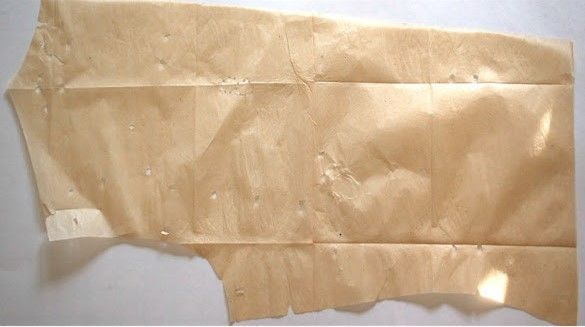
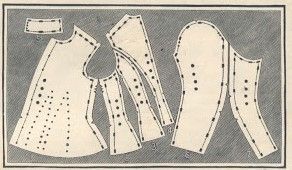
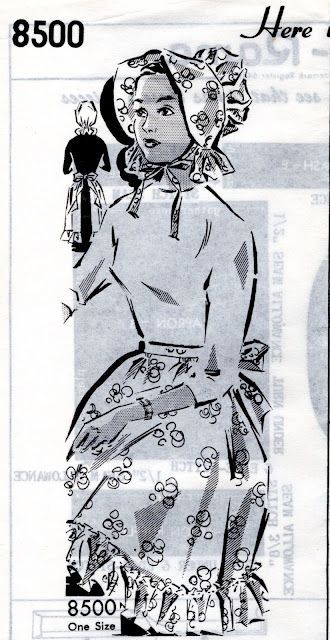

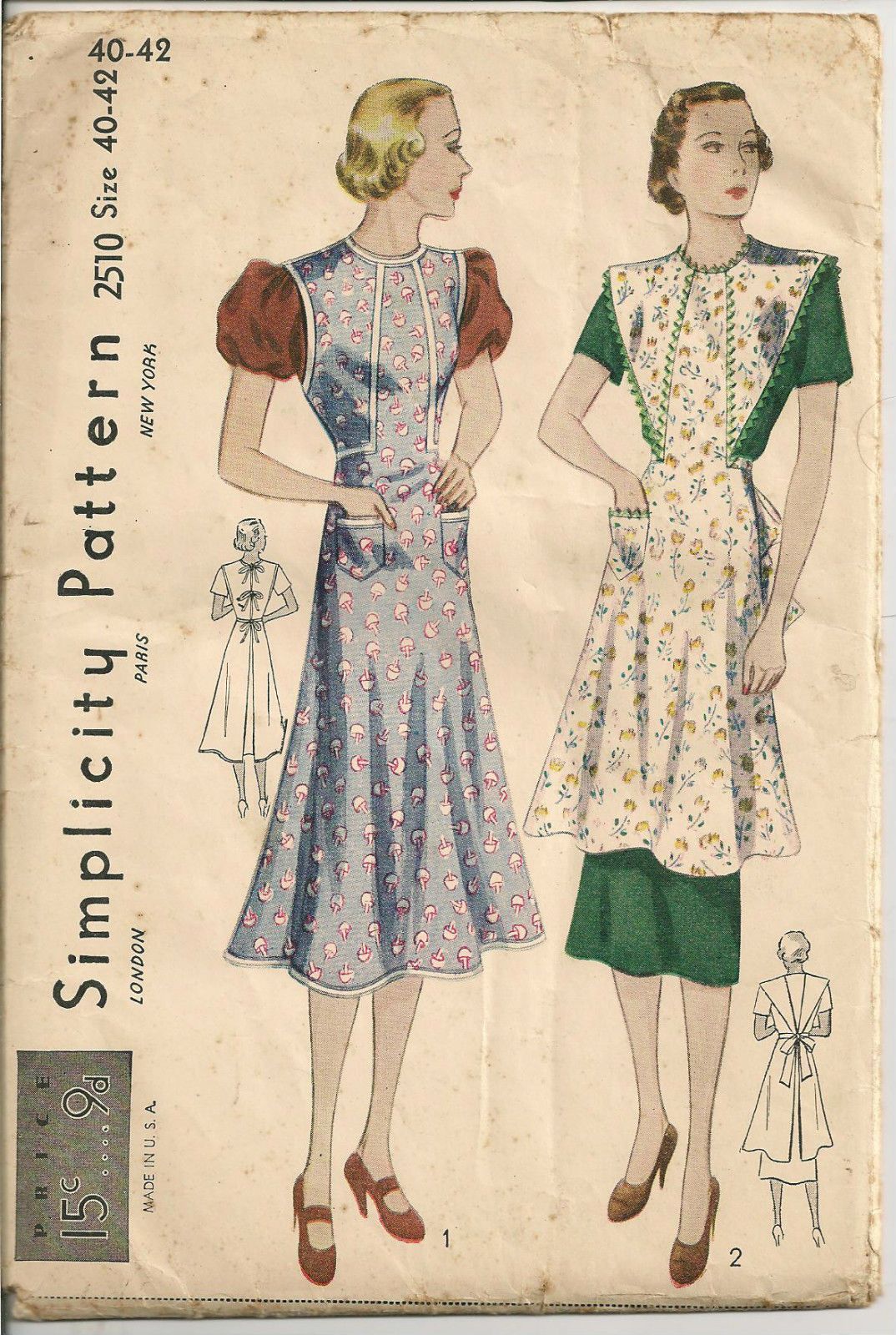

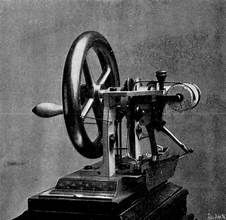

Fiber Artist – Yvonne Cory
14338 470th Avenue, Easton, Minnesota
Cell: 507 327 5357
cycory@bevcomm.net

This website is made possible in part by a grant from the Prairie Lakes Regional Arts Council with funds appropriated from the Minnesota State Legislature from its general fund.
All Rights Reserved | Joys and Tears in the Apron Strings
This website is powered by: Rinehart Resources


